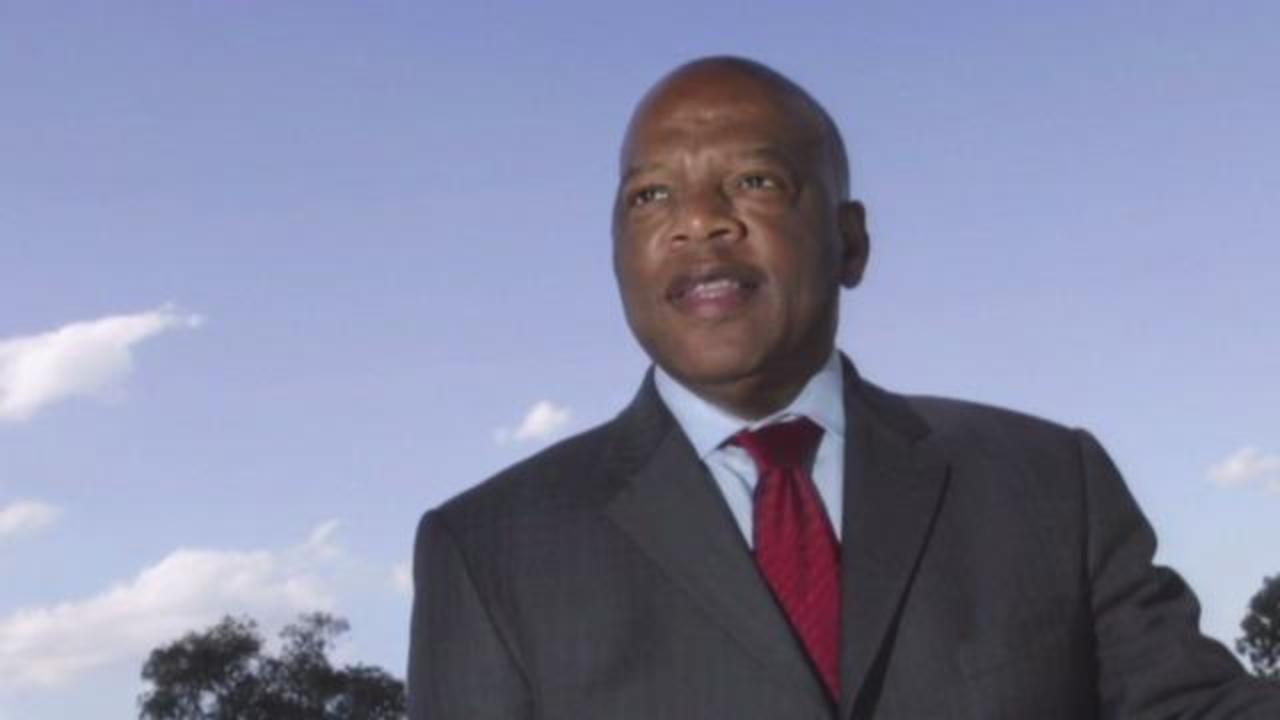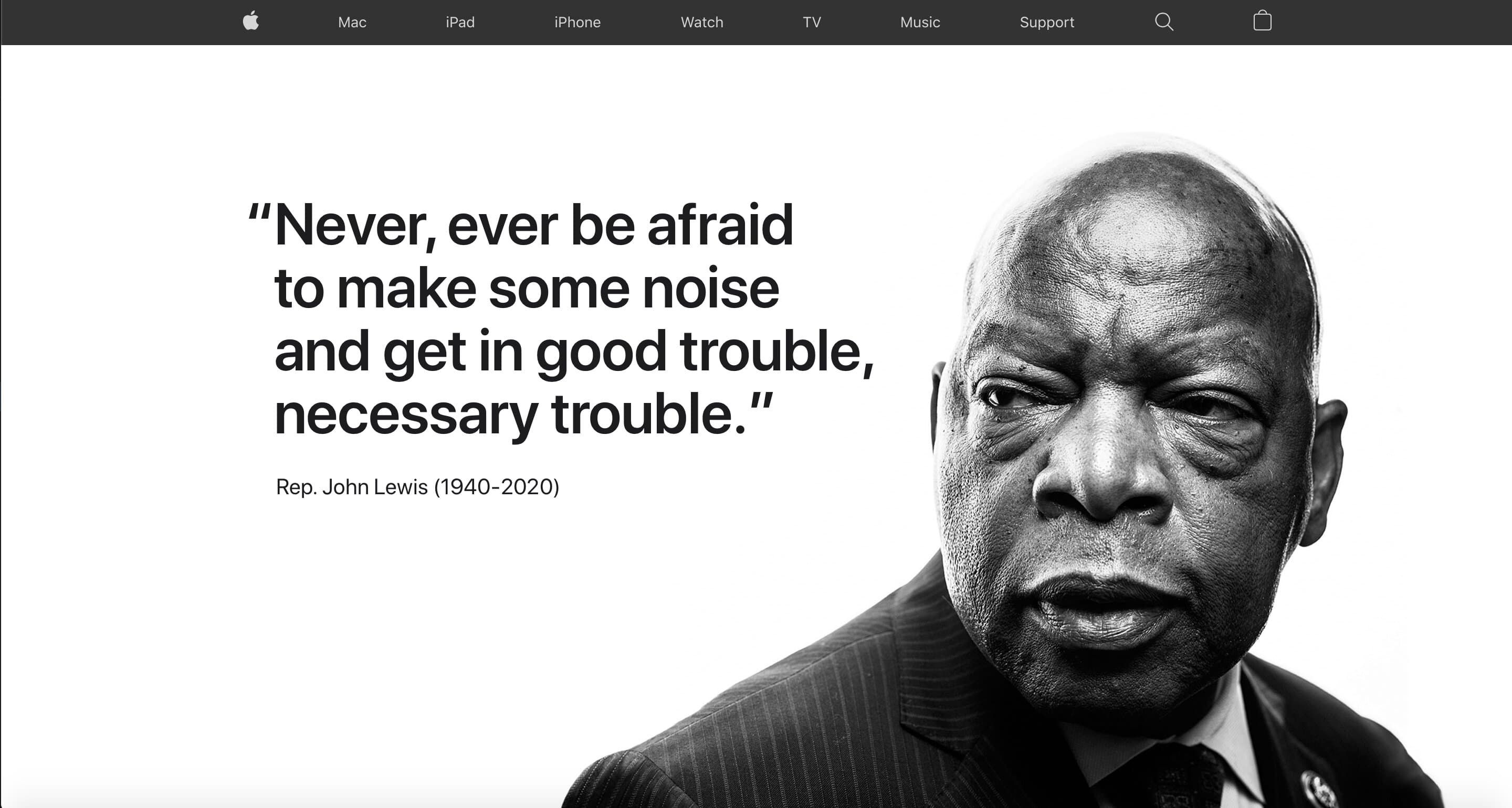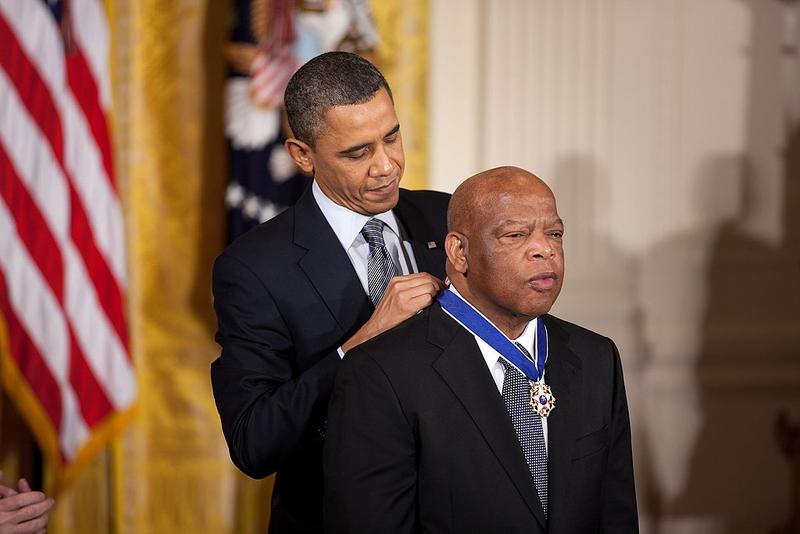

The task of organizing steelworkers, on the other hand, drove a wedge between the CIO and the A.F.L., which was controlled by craft unionists who looked down on both industrial workers and industrial unions, as unskilled laborers. Very much an anti-communist leader, Lewis also feared that if organized labor did not represent these workers, then communists and other radicals on the left would. They had blacklisted union supporters and intimidated workers through the Coal and Iron Police, and other law enforcement authorities under its control. That required organizing the steel industry, which had defeated union organizing drives in 18, and which had fiercely resisted all organizing efforts. Steel had become a powerful force in industry, employing 170,000 workers alone. in 1935, having realized that any gains that Lewis won for miners could be lost if he did not organize the "captive mines," such as those held by the steel producers United States Steel Company. Lewis and eight other major union leaders formed the Committee for Industrial Organizations (CIO) within the A.F.L. This event led to her resignation from the UMW. Jones felt the rank-and-file workers ought to set the strike date, not the attendees of the United Mine Workers' Convention. And in the following year, he would disagree with labor activist Mother Jones over whether to set a date for the Kansas coal workers to strike against the “Industrial Slave Law,” which was designed to prevent coal workers from striking. In 1921, Lewis ran for the presidency of the A.F.L., but would lose to his opponent, Samuel Gompers, by a two-to-one margin. Perhaps Lewis' greatest legacy to the UMW workers was the establishment of a UMWA Welfare and Retirement Fund in a contract with the federal government and signed in the White House with President Harry S. He held this post until 1960, when he retired and was then named president emeritus. He was elected president of the UMWA in 1920. President Hayes appointed Lewis vice president, but due to president Hayes' alcoholism, Lewis assumed Hayes' duties in 1919, by becoming acting president. White resigned as president of the UMW, and vice president Frank J. In five years, Lewis was the UMWA convention's pro-tem president and appointed chief statistician for the union. He took a national position in the American Federation of Labor (AFL), as an organizer, in 1911. The following year he would be elected as an Illinois representative on UMW's state legislature. In 1909, he would serve, successively, as president of the Panama local of the United Mine Workers of America, and later as a lobbyist for the UMW.

Lewis was voted to be a local delegate to the United Mine Workers of America (UMWA) convention in 1906, which marked the beginning of Lewis' quick rise as a leader of laborers. Between the years 18, Lewis also tried farming, construction work, and a small business, before joining the labor movement, in 1907.

He became a coal miner at the age of 15 after settling in Panama, Illinois, a small town in the central part of the state. John Llewellyn Lewis was born February 12, 1880, in Cleveland, Iowa, the son of a Welsh immigrant coal miner. He was also a giant among American leaders in the first half of the 20th century, regularly advising presidents and challenging America's corporate leaders. Lewis was a powerful labor leader, who through the Congress of Industrial Organizations(CIO), helped raise living standards for millions of American families in the 1930s.


 0 kommentar(er)
0 kommentar(er)
